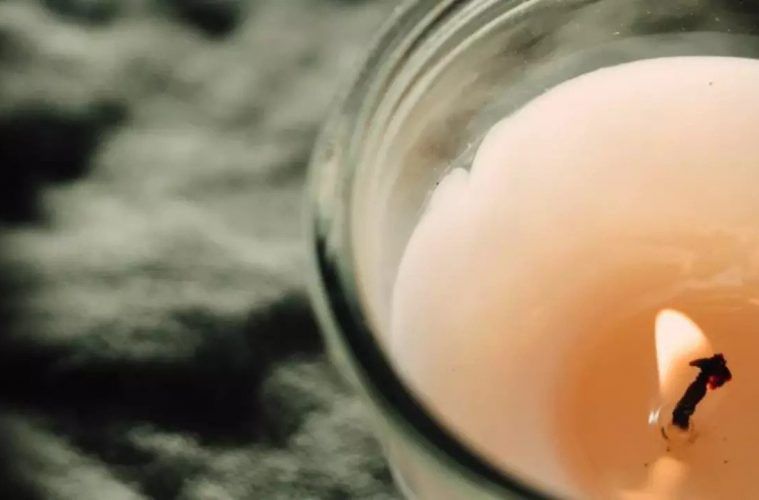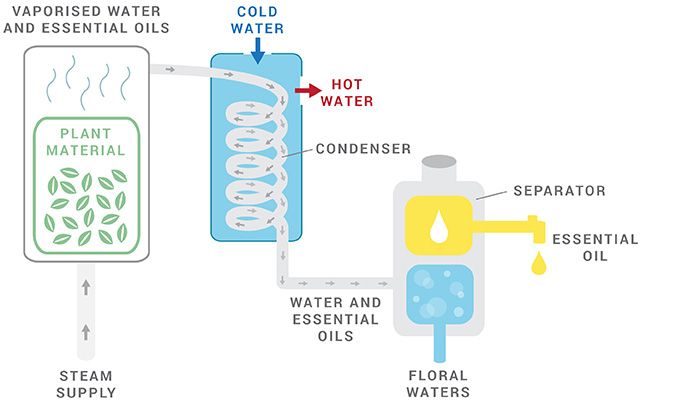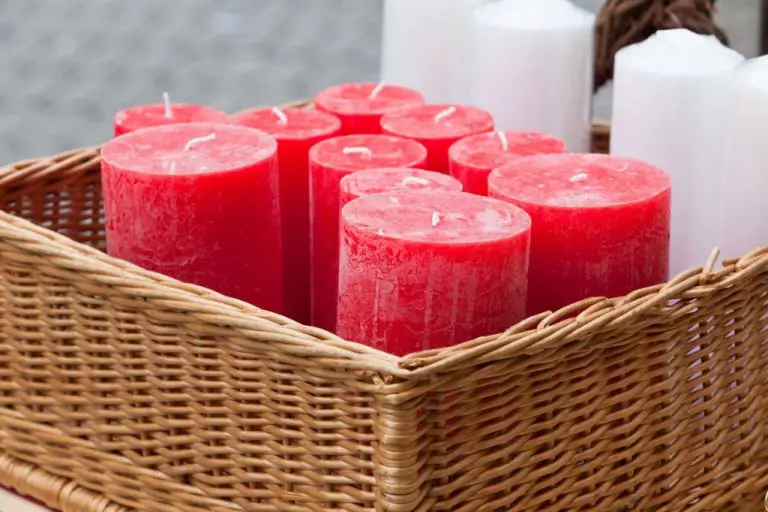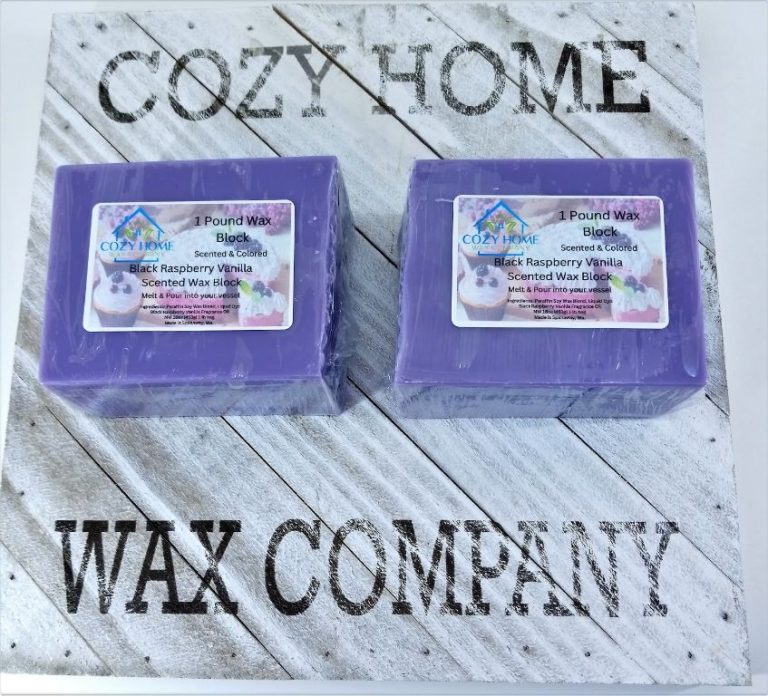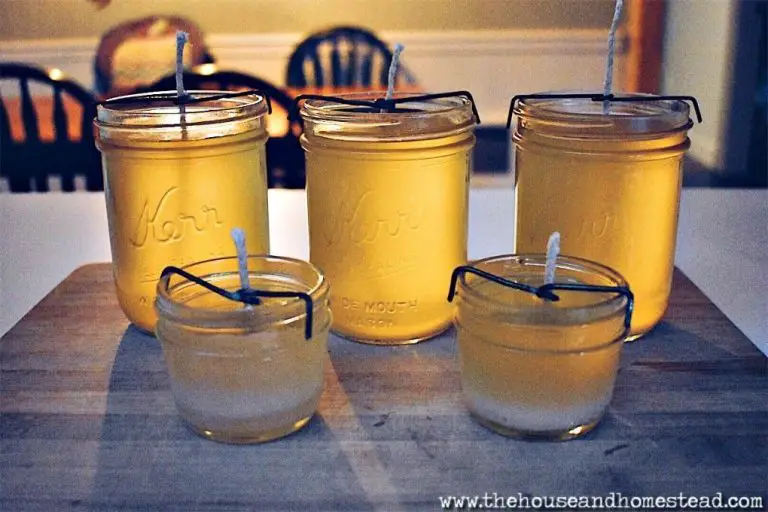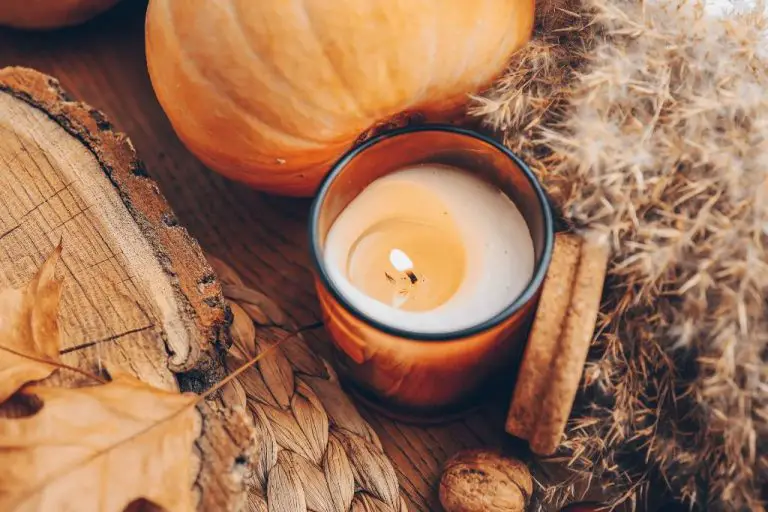How Do I Know How Much Fragrance Oil To Use For My Candles?
Using the right amount of fragrance oil is crucial for making high quality candles. The fragrance oil provides the scent for the candle, so you want enough fragrance to create a noticeable aroma when the candle is burning, but not so much that the scent is overpowering or the candle doesn’t burn properly. Finding the ideal fragrance oil percentage takes testing and experience, as there are several factors that impact how much fragrance to use.
If you use too little fragrance oil, the candle may not have much scent throw at all when lit. On the other hand, using excessive fragrance can lead to issues like soot, frosting, poor wax adhesion, and weak flame performance. Additionally, some fragrance oils are stronger than others, so the ideal amount can vary.
By understanding recommended usage rates, testing different percentages, and learning what works for your wax, vessel, and fragrance oil selection, you’ll be able to create great smelling candles with an optimized fragrance oil load.
Recommended Usage Rates
The most commonly recommended fragrance oil usage rate for soy candles is between 5-10% of the total weight of the wax. This translates to about 1-2 ounces of fragrance oil per pound of wax (source). Most candle makers suggest staying within this range when first testing out a new fragrance oil or wax blend. Starting with too high of a fragrance load can lead to issues like fragrance throw inconsistencies, scent fading, and citronellaing.
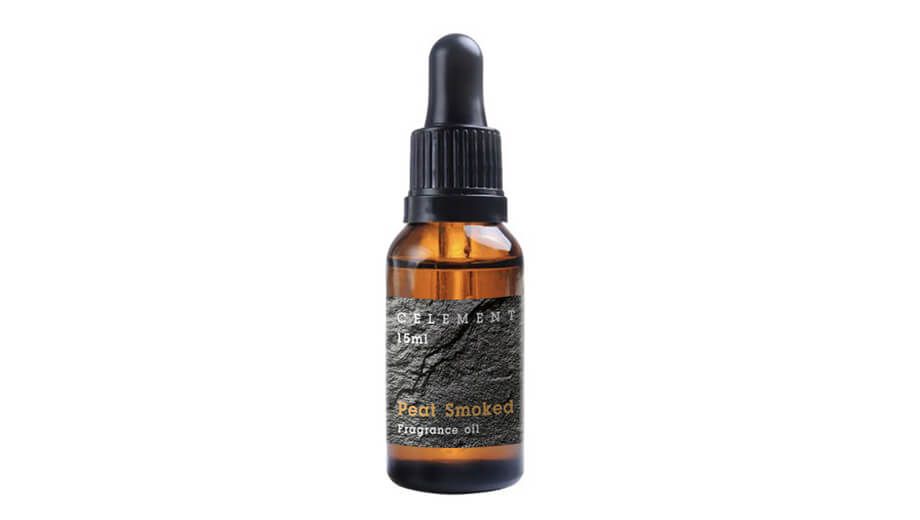
For example, if you are making a 1 pound candle, you would use 1-2 ounces of fragrance oil. With a 2 pound candle, you would use 2-4 ounces. While this 5-10% range is a good starting point, you may need to adjust up or down depending on factors like wax type, vessel size, and burn time.
Testing Different Rates
It’s important to test candles with different fragrance oil amounts to find the ideal percentage for your particular wax, vessel, and desired scent throw. As a general guideline, most candles use 5-10% fragrance oil, but testing will determine the perfect rate for your specific recipe [1].
To test, make multiple candles with the same wax, vessel, and wick, varying only the fragrance oil percentage. Good starting points are 5%, 7%, 9%, and 11% fragrance oil. Evaluate scent throw at various distances to compare intensity. For example, a typical 4 oz candle should smell within 2-3 feet if using an appropriate fragrance oil percentage [1]. Adjust the amount up or down in future tests depending on your preferences for strength.
Testing helps determine the minimum amount of fragrance needed for scent throw without wasting excess oil. It also prevents the candle from being overpowering. Finding the optimal percentage takes some trial and error, but testing is the best way to perfect your recipe.
Fragrance Oil Strength
The strength of the fragrance oil is a major factor in determining how much to use in candle making. Stronger fragrance oils contain a higher concentration of fragrance, meaning a smaller amount is needed to achieve the desired scent throw. Weaker fragrance oils contain a lower concentration and require more oil to create a strong aroma.
Fragrance oil strength is measured by the percentage of perfume concentrate in the oil. Oils with a higher percentage (15-30%) are very concentrated and strong, requiring usage around 5-8% of wax weight. Oils with a lower concentrate percentage (3-8%) are more diluted and weaker, needing 8-12% of wax weight for sufficient scent (https://perfumedom.com/fragrance-performance-in-candle-making/).
Testing different amounts of a new fragrance oil in candles is the best way to determine its strength and ideal usage rate. Start with the manufacturer’s recommended percentage based on strength, then adjust up or down as needed. Using too much of a strong oil can cause the scent to be overpowering.
Wax Type
The type of wax used in candle making has an impact on how much fragrance oil is needed. The two most common waxes are soy wax and paraffin wax. Soy wax is made from soybeans while paraffin wax is a petroleum byproduct. They have different properties that affect fragrance throw and retention.
Soy wax tends to hold onto scent better than paraffin wax. Paraffin wax can lose some fragrance as it melts because it has a lower melt point. Soy wax’s higher melt point allows it to retain more fragrance as the candle burns (Lonestar Candle Supply). Additionally, soy wax’s denser structure requires more heat to release the fragrance (LinkedIn). This allows soy wax candles to maintain scent strength longer.
Due to its fragrance holding ability, soy wax typically requires less fragrance oil than paraffin wax. A good rule of thumb is to use 5-8% fragrance load for soy wax versus 6-12% for paraffin. Testing different oil amounts is still recommended for each specific wax and fragrance blend.
Vessel Size
The vessel size of a candle container is a key factor in determining how much fragrance oil to use. A larger vessel will hold more wax, so it will need a higher total amount of fragrance oil to achieve the same fragrance strength in the finished candle. However, the percentage of fragrance oil relative to the wax should remain the same (usually 6-12%) regardless of vessel size.
For example, an 8 oz glass jar may need around 2 ounces total of fragrance oil at a 10% load, while a 16 oz pillar candle vessel may need 4 ounces at that same 10% load. The percentage stays the same, but the larger vessel size requires more total oil to properly scent the increased wax volume. Going above the ideal percentage range for the wax and vessel can lead to issues like fragrance throw reduction, oil sweating, and poor performance.
When scaling up candle production in different container sizes, it’s important to calculate the fragrance load properly based on the increased wax capacity. Keep the percentage in the ideal range, and simply adjust the total amount of fragrance oil upwards to match the larger wax volume in bigger vessels. Testing burns will refine the exact ideal amount of fragrance for each vessel and wax type over time. Proper scaling ensures consistent scent strength regardless of the container size.
Burn Time
The desired burn time of your candle will impact how much fragrance oil you need to use. Candles with a longer burn time, like 30-40 hours, require a lower fragrance oil percentage around 4-6%. This helps extend the fragrance throw over the full burn. Shorter burn candles like 12-18 hours can handle more fragrance at 8-12%. Higher fragrance loads will fill the space faster when the candle isn’t burning as long.
To achieve your target burn time, you’ll need to test different fragrance oil amounts and measure how long each candle lasts. Keep the wax type and vessel consistent, then adjust the fragrance load to see the impact on burn time. Aim for at least 2-3 hour test burns for accuracy. Refer to a candle burn rate calculator as a starting point too.
Testing Burns
Once you have made test candles with different fragrance oil amounts, the next step is to test the scent throw by burning the candles. This will give you an idea of which fragrance oil percentage provides the scent throw you desire. According to Bramble Berry, when testing burns it’s important to let each candle cure for at least 48 hours before burning. Burn the candles in a small enclosed space for 60-90 minutes. Evaluate the hot and cold scent throw, making notes on the intensity and longevity of the fragrance.
Testing burns will reveal if a fragrance oil scent is too strong or weak at the percentages used. Adjust the amount of fragrance oil up or down in increments of 0.5-1% for subsequent test candles. Repeat the testing process until finding the optimal amount that produces the ideal scent throw without being overpowering. With testing burns, you’ll zero in on the right fragrance oil load for your wax, vessel, and burn time.
Troubleshooting
If you are having issues with scent throw, there are a few things you can try:
First, test increasing the fragrance oil amount in small increments like 0.5-1% at a time. Going above 10% is not recommended as it can lead to issues like fragrance oil sweating. Refer to this source for recommended usage rates.
Making sure you are stirring enough while pouring can also help fragrance oil bind better with the wax. Try stirring just above the bottom of the vessel to fully incorporate.
Testing wicks can also help improve scent throw. Make sure the wick is sized appropriately for your vessel so it has a full top pool melt. A fuller melt pool helps release more fragrance.
Testing multiple fragrance oils is another option, as some oils have higher scent intensity than others. Focus on fragrance oils labeled as “strong scent throw” from suppliers.
Lastly, letting candles cure 2-4 weeks after pouring can allow the fragrance to fully bind with the wax for stronger throws. Be patient and do more testing before pouring large batches.
Key Takeaways
The recommended fragrance oil usage rate is 6-10% of the total candle wax weight for soy candles. Start with 6% and test higher percentages from there. The fragrance oil strength, wax type, vessel size, and desired burn time all impact the ideal usage rate.
Test different fragrance oil percentages with multiple burns to find the optimal amount for scent throw without adverse effects like sooting. Keep detailed notes on your testing.
Use less fragrance oil for stronger scents and paraffin wax. Use more for larger vessels and longer burn times. But do not exceed 12% as that may cause issues.
Troubleshoot by adjusting the fragrance load, wax type/blend, wick size, candle diameter, and pour temperature. Finding the right balance takes testing and experience.
Follow usage recommendations, test thoroughly, adjust as needed, and keep detailed notes. This will help dial in the perfect custom scent throw for each candle.

